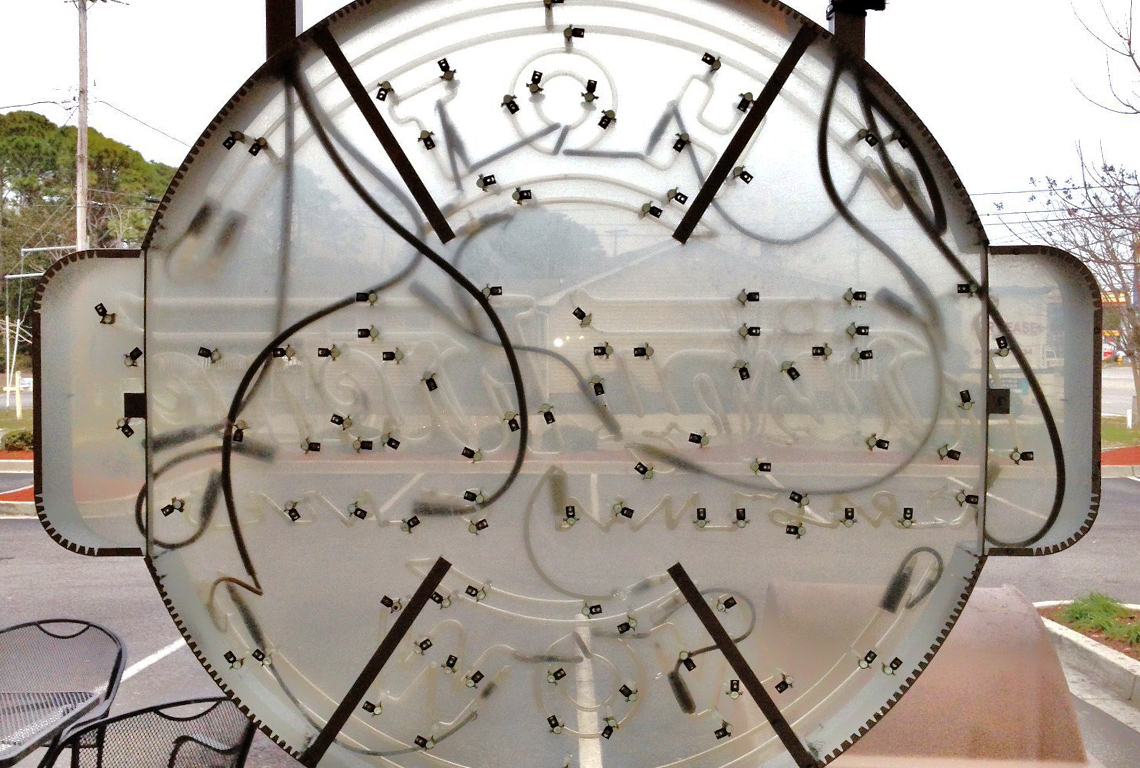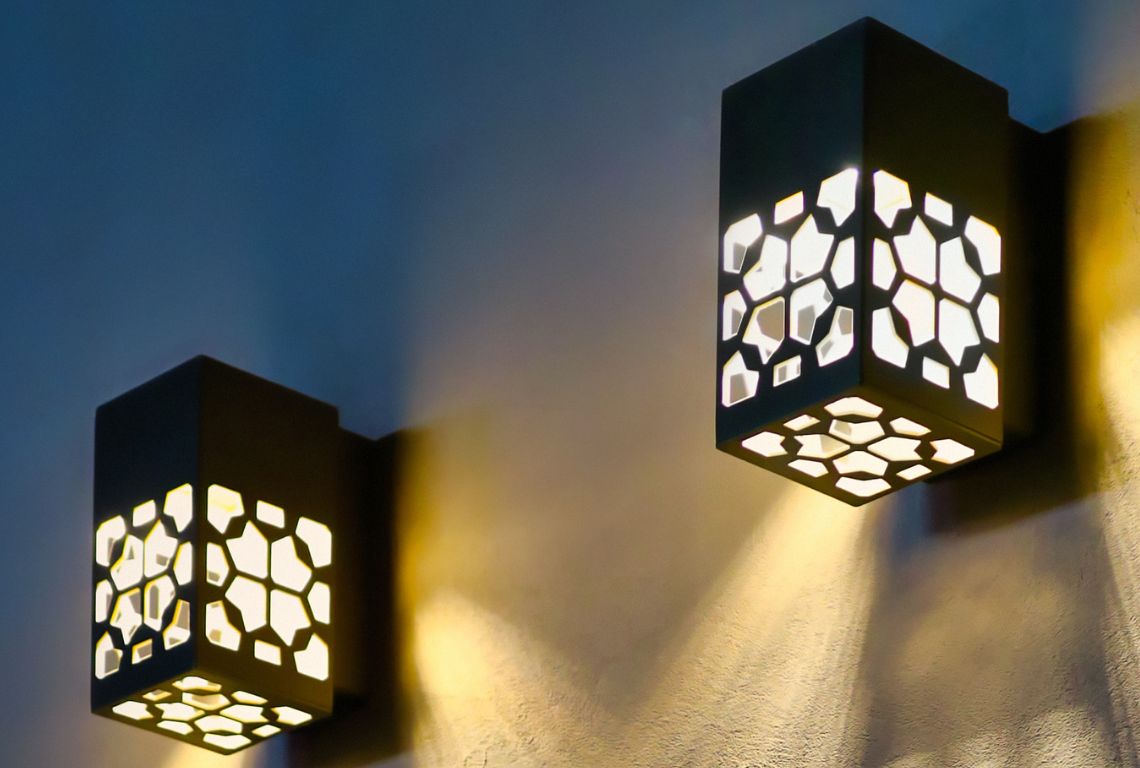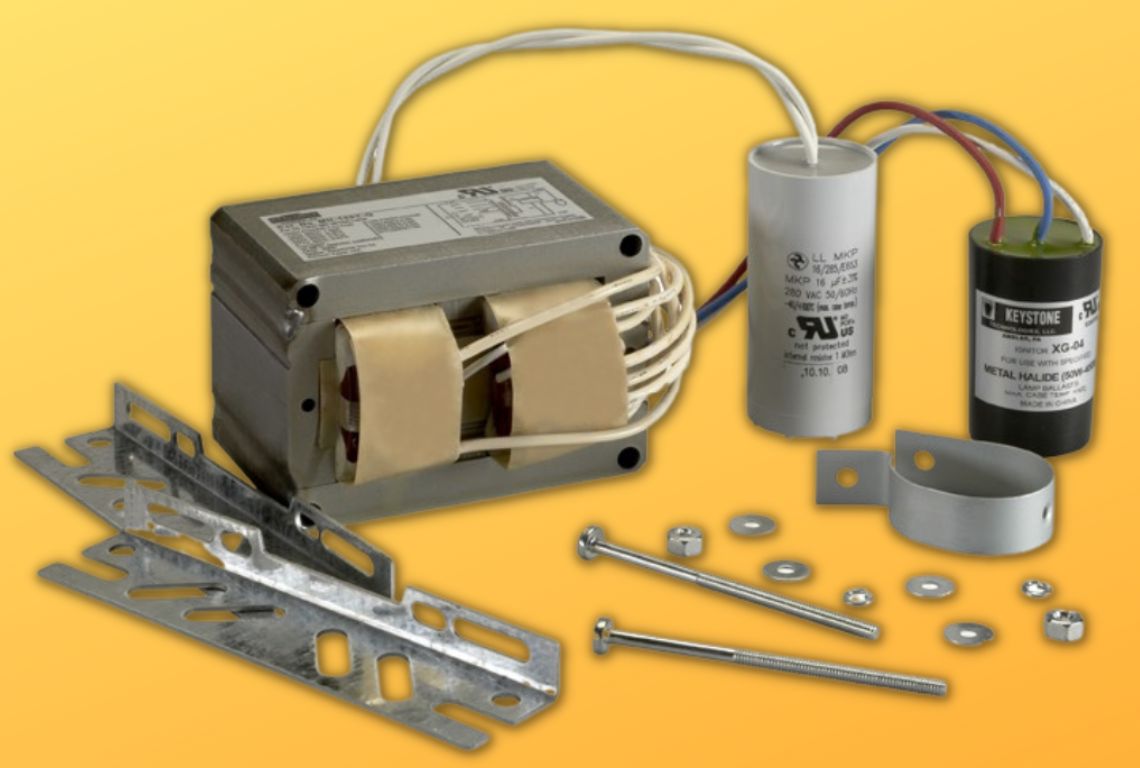
What Is LED Lighting
From Halco Lighting Technologies “About LED Lighting”
Published: February 19th, 2010
What is a LED?
A light-emitting diode, or LED, is a semiconductor chip that generates light when current is applied in the right conditions, which is very different from any other technology currently used in lighting. These chips (known as dies) are assembled in a structure that helps support and protect the dies and the electrical connections. This structure is generally known as a package. Depending on the type of LED package and the desired characteristics, there may be one or more LED dies per package. The different types of LED packages have different strengths and weaknesses that impact the package’s applicability in lighting. Of note, LEDs are more sensitive to operating temperature than other types of lighting, and anything from lifetime to acceptable current to chromaticity can be impacted by the operating temperature.
 Low Power LEDS come in two main categories, and in each category, there are available in several different shapes, power levels, and sizes. These are distinguished and referred to as low power because they typically run very low 2 of 7 current levels, in the tens of milliamps rather than hundreds of milliamps that the high-power LEDs run at. High Power LED packages are always of surface mount form factor (meaning single or multiple high-power dies in a package) and get their name from running hundreds of milliamps per chip and generate a much more useful amount of light.
Low Power LEDS come in two main categories, and in each category, there are available in several different shapes, power levels, and sizes. These are distinguished and referred to as low power because they typically run very low 2 of 7 current levels, in the tens of milliamps rather than hundreds of milliamps that the high-power LEDs run at. High Power LED packages are always of surface mount form factor (meaning single or multiple high-power dies in a package) and get their name from running hundreds of milliamps per chip and generate a much more useful amount of light.
Unlike a filament from an incandescent lamp, an arc-tube from a HID lamp, or the phosphor on a fluorescent tube, the emission of light from an LED is not Omnidirectional; that is, it does not radiate in all directions uniformly. It is difficult to project light through a circuit board and heat sink, so the light from an LED is emitted from the top of the chip. This means at a theoretical best, an LED can project light in a hemispherical pattern, most bare LED chips project light in a 120-to-140-degree cone.
When it comes to light quality, there are no true white LEDs that are commercially viable. Every type of material used in the chip part of the LED that produces light generates a color, but none of those colors are white. All LEDs produce a color, red, green, yellow, or blue (note that IR and UV LEDs do exist as well). The two methods for generating white light are to either use multiple LED chips and mix the light (such as our PAR20/8RGB25/LED), or to use a phosphor with a single-color light (usually blue) to generate white light.
Where to use LED products
The long life of properly designed LED products makes them ideal for a situation where light failure can cost a lot of time, effort, and money. Examples of such are high-mounted recess and track lighting, where changing the bulb could be both dangerous and time consuming (such as in a hotel lobby, or in the atrium of a building). Given our 40,000-hour useful lifespan of our products, years of trouble-free lighting can be achieved, easily saving money in labor and replacement costs for the equivalent of three to four CFL changes, or ten to fifteen halogen lamp changes.
There is no glass in Halco’s ProLED line to break, very little heat compared to a searing halogen reflector, and no mercury to poison the environment. When the safety of your environment (working and natural) matters to you or your customers, a ProLED lamp is a great choice to suit your lighting needs. A lamp that won’t be in the landfill for years, won’t poison drinking water, and won’t shatter sending slivers of glass flying.
Contact Us:
Phone:
1-800-788-7448
Main Office:
4133 US Hwy 321A
Granite Falls, NC 28630
Eastern NC Office :
8760 Trade St. NE
Leland, NC 28451
South Carolina Office :
2423 Highway 17 South
North Myrtle Beach, SC 29582
Family owned and operated for over 25 years.
Licensed in the North Carolina, South Carolina, Virginia, West Virginia, Tennessee & Georgia

Get Social
The Latest from Southern Lighting Services











